Description
1. Technical Specifications
- Power Supply:
- The IC698ACC701 operates on a 24V DC power supply. The power consumption is relatively low, typically around 10 – 15W, which is energy – efficient for continuous operation in industrial settings.
- Processor and Memory:
- It is equipped with a high – performance processor that can handle complex control algorithms with high speed. The specific processor details are optimized for real – time control applications.
- It has a certain amount of memory. The program memory can store ladder logic programs and other control routines, and the data memory can hold variables, status information, and historical data. The memory capacity is sufficient to meet the needs of medium – to – large – scale industrial control applications.
- Input/Output Configuration:
- Digital Inputs/Outputs: It offers a configurable number of digital inputs and outputs. The digital inputs can accept signals from a variety of sensors such as proximity sensors, limit switches, etc., with input voltage ranges of 5 – 24V DC. The digital outputs can drive loads like relays, solenoids, and indicator lights, with a maximum output current per channel of around 1A.
- Analog Inputs/Outputs: There are also analog input and output channels. The analog inputs can measure signals in the ranges of 0 – 10V or 4 – 20mA, with a 12 – bit resolution for accurate measurement of physical quantities such as temperature, pressure, and flow. The analog outputs can provide signals in the same ranges for precise control of actuators.
- Communication Interfaces:
- It supports Ethernet communication, which allows for high – speed data transfer and integration into industrial networks. It also has serial communication ports (RS – 232/RS – 485), enabling communication with other devices using standard serial protocols like Modbus RTU.
2. Applications
- Industrial Automation:
- In industrial manufacturing, the IC698ACC701 can be used to control and monitor complex production lines. For example, it can manage the operation of conveyor belts, robotic arms, and assembly machines. It can receive input signals from sensors on the production line and send output signals to control the movement and operation of equipment.
- Process Control:
- In process industries such as chemical, food, and beverage production, it can be used to control process variables. It can monitor parameters like temperature, pressure, and flow rate, and adjust the operation of pumps, valves, and heaters to maintain the desired process conditions.
- Building Automation:
- In commercial buildings, it can be involved in building management systems. It can control HVAC systems, lighting systems, and access control systems, optimizing energy consumption and ensuring a comfortable and secure environment.
3. Weight and Dimensions
- Weight:
- The module weighs approximately 0.8 kg, which is relatively light and easy to install and handle in industrial control cabinets.
- Dimensions:
- The overall dimensions are: length – 180mm, width – 120mm, height – 60mm. Its compact size allows for installation in standard industrial control cabinets and panels.
4. Features
- High – Performance Processing:
- The powerful processor enables fast execution of control logic, ensuring real – time response to changes in the input signals. This is crucial for applications where precise control and quick decision – making are required.
- Flexible I/O Configuration:
- The ability to configure the number of digital and analog input/output channels provides flexibility in system design. It allows users to customize the control system according to the specific requirements of their applications.
- Multiple Communication Options:
- The support for Ethernet and serial communication interfaces makes it easy to integrate the module into different industrial networks and communicate with other devices. This facilitates data sharing and system expansion.
5. Stability and Reliability
- Robust Construction:
- The module is housed in a durable plastic enclosure that provides protection against dust, moisture, and minor mechanical vibrations. This ensures stable operation in normal industrial environments.
- Fault – Tolerant Design:
- It is designed with built – in protection mechanisms such as over – current protection and short – circuit protection for the digital outputs. These features safeguard the module from electrical faults and extend its service life.
- Quality Assurance:
- Through strict quality control during manufacturing and the use of high – quality components, it offers long – term reliable operation with minimal maintenance requirements.
6. Real – world Examples
- Automotive Assembly Line:
- In an automotive assembly line, the IC698ACC701 controls the operation of a robotic painting station. It receives input signals from sensors that detect the position of the car body and the status of the painting equipment. Based on this information, it sends output signals to control the movement of the robotic arm and the spraying of paint, ensuring a high – quality paint finish.
- Water Treatment Plant:
- In a water treatment plant, the module is used to control the water purification process. It monitors the water quality parameters such as pH, turbidity, and chlorine levels through sensors. It then controls the dosing of chemicals and the operation of pumps and valves to maintain the desired water quality standards.


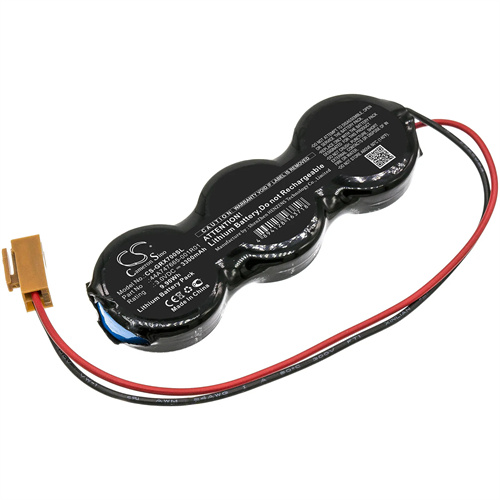
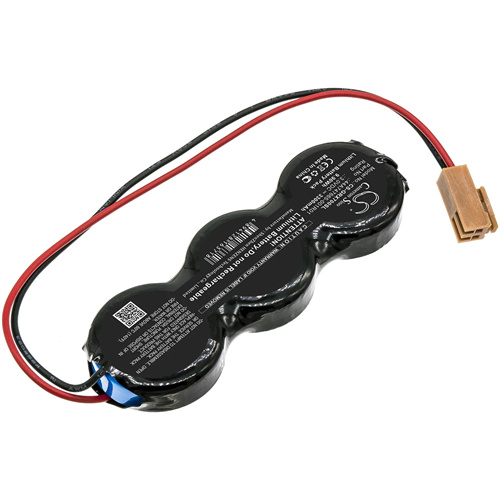
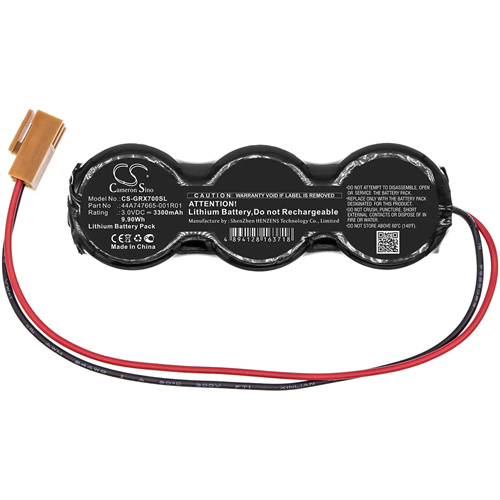
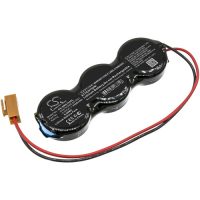
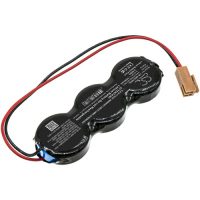
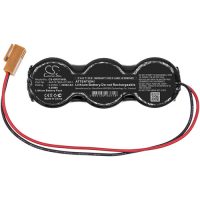
.jpg)
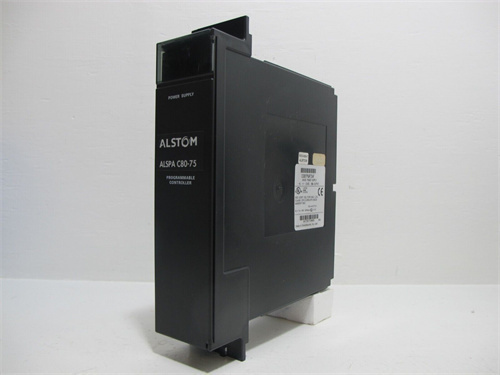


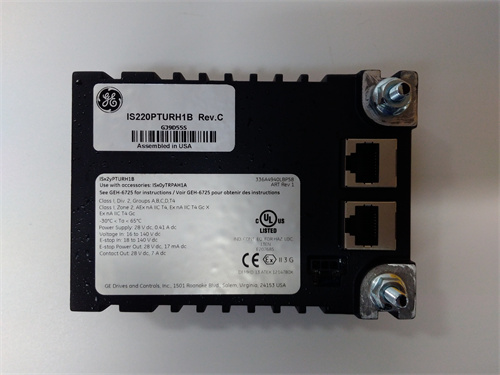
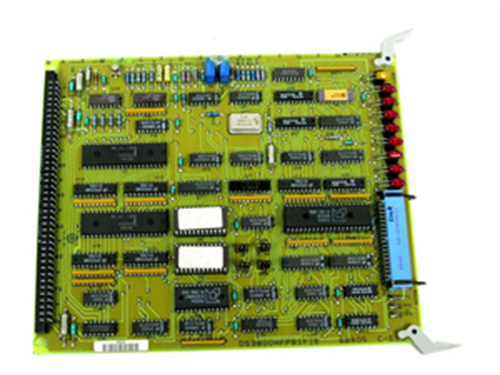
Reviews
There are no reviews yet.